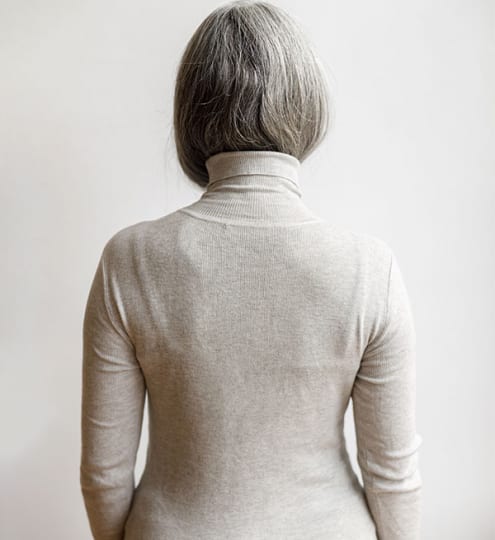Condition — skin
Visible Scars
The very definition of a scar is that it is a mark left behind following a wound or injury. There are many different types of scars, and often their level of visibility will be determined by the injury or trauma that caused the initial scar, how well or poorly the wound heals, as well as where they appear on the body.
Discoloured or pigmented dark scars are more readily visible due to them being darker in colour than the skin that surrounds them. When a scar heals lighter, these may be less visible depending on the person’s natural skin tone. In those with lighter skin tones, a hypopigmented scar will be less noticeable than in someone with darker skin. A Keloid scar is a scar that is red or purple in colour and raised away from the surface of the healthy skin, appearing pronounced as well as discoloured. This type of scarring can be very visible and when on the face, arms or neck, can cause a considerable level of self-consciousness as the appearance can be unaesthetic.
In the case of acne scarring, this is one of the most visible types of scarring due to its prominence on the face or neck. These scars have a tendency to be not only a little darker than the healthy skin, but also texturally they can take on a pitted, dipped or rolling texture.
Where surgical excisions have resulted in scarring, the scars may be particularly visible due to uneven excisions, stitching or as a result of the healing process.
Some scars are unavoidably visible. This is quite common and doesn’t have to be the result of poorly executed surgery or insufficient care of a new wound. There are steps you can take whilst caring for a new wound, although it is reassuring to know that some scars just heal a certain way and you are not to blame for a scar that is visible once fully healed. Here at Reshape & Restore, we are able to help you if you have visible scarring, and can treat your scars so that you can feel more confident and happier with your appearance.









